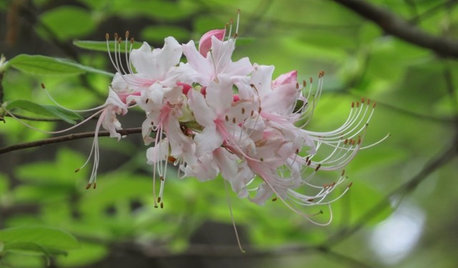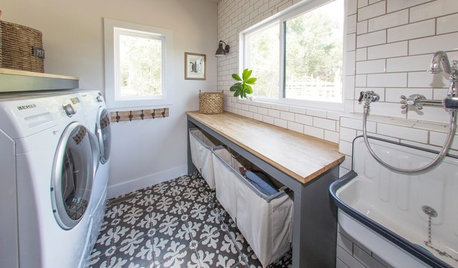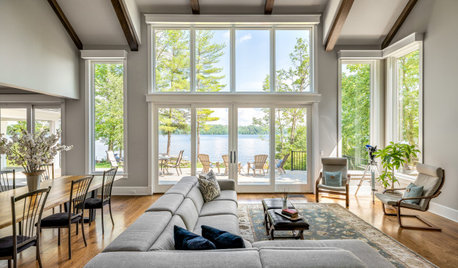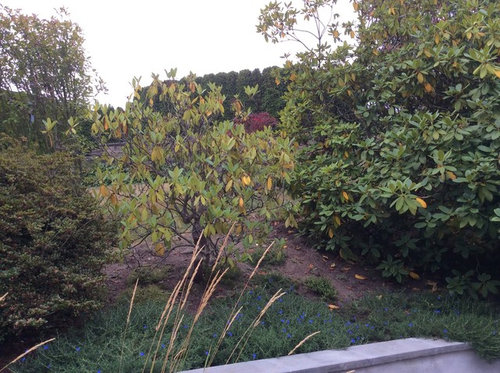help for my unhappy rhododendron
HKO HKO
4 years ago
Related Stories

PETSHow to Help Your Dog Be a Good Neighbor
Good fences certainly help, but be sure to introduce your pup to the neighbors and check in from time to time
Full Story
GARDENING AND LANDSCAPINGBe a Citizen Scientist to Help Wildlife, Learn and Have Fun Too
Track butterflies, study birds, capture stars ... when you aid monitoring efforts, you’re lending Mother Nature a hand
Full Story
GARDENING GUIDESGreat Design Plant: Rhododendron Canescens
Have a damp, shady spot in your garden that needs a lift? This Southern U.S. native may be the solution
Full Story
GARDENING GUIDES6 Questions That Will Help You Pick the Best Plants for Your Site
Before you head to the nursery, learn more about your outdoor space
Full Story
LIFE12 House-Hunting Tips to Help You Make the Right Choice
Stay organized and focused on your quest for a new home, to make the search easier and avoid surprises later
Full Story
DECLUTTERINGDownsizing Help: How to Edit Your Belongings
Learn what to take and what to toss if you're moving to a smaller home
Full Story
COLORPaint-Picking Help and Secrets From a Color Expert
Advice for wall and trim colors, what to always do before committing and the one paint feature you should completely ignore
Full Story
MOST POPULARThe Dream Laundry Room That Helps a Family Stay Organized
A designer’s own family laundry room checks off her must-haves, including an industrial sink
Full Story
DECORATING GUIDESCould a Mission Statement Help Your House?
Identify your home’s purpose and style to make everything from choosing paint colors to buying a new home easier
Full Story
GARDENING GUIDESHave Acidic Soil in Your Yard? Learn to Love Gardening Anyway
Look to acid-loving plants, like conifers and rhododendrons, to help your low-pH garden thrive
Full Story









lisanti07028
Embothrium
Related Professionals
Hyattsville Landscape Architects & Landscape Designers · Barrington Landscape Contractors · Bridgeview Landscape Contractors · Mount Sinai Landscape Contractors · North Plainfield Landscape Contractors · Siloam Springs Landscape Contractors · Brookline Landscape Contractors · El Mirage Landscape Contractors · Lees Summit Landscape Contractors · Manhattan Landscape Contractors · Melrose Park Landscape Contractors · Albany Fence Contractors · Carson Fence Contractors · Maywood Fence Contractors · Silver Spring Fence ContractorsHKO HKOOriginal Author
ken_adrian Adrian MI cold Z5
HKO HKOOriginal Author
HKO HKOOriginal Author
Embothrium
Mike McGarvey
Embothrium
HKO HKOOriginal Author
Embothrium